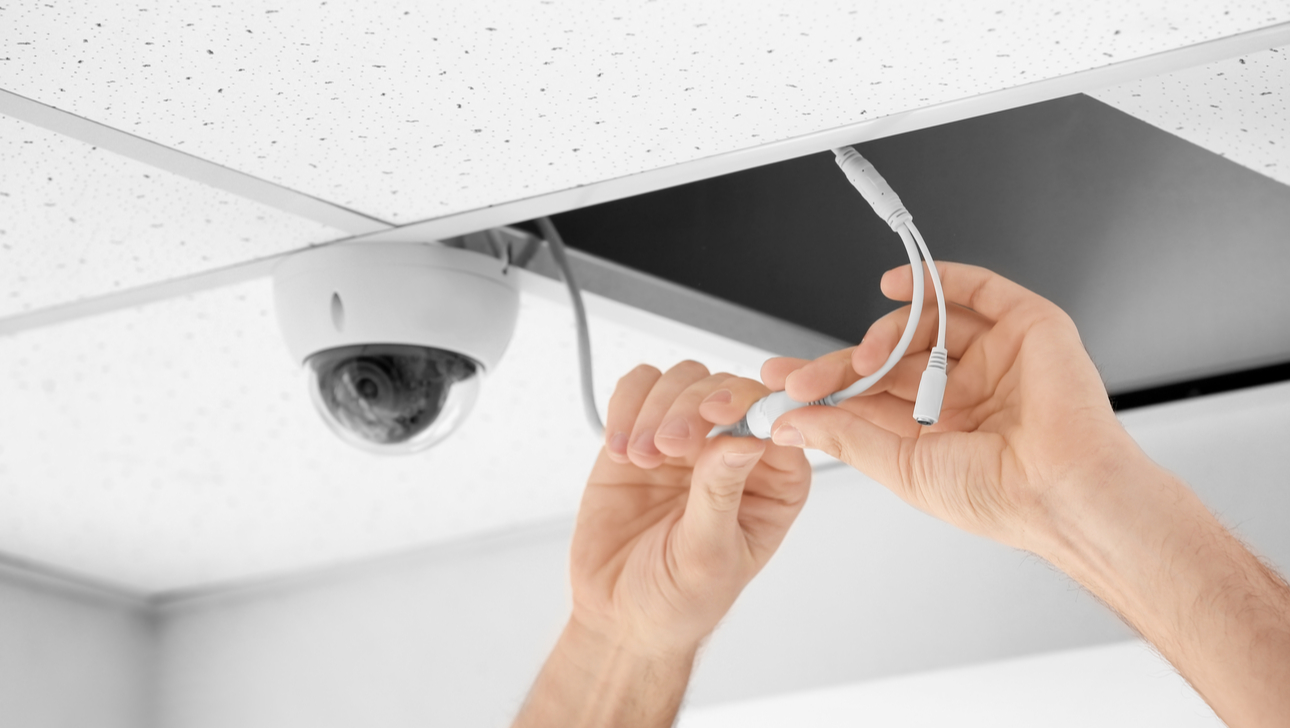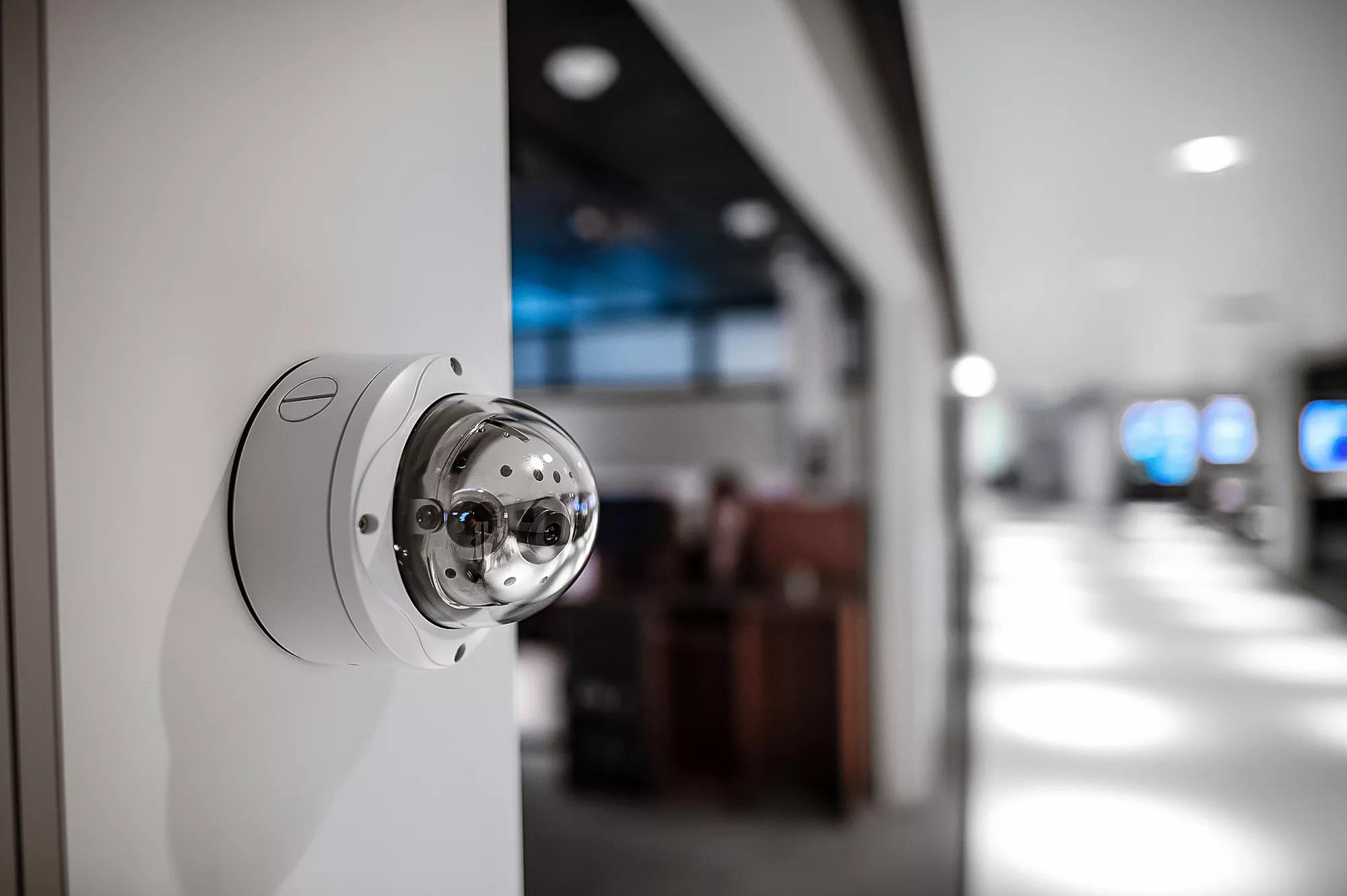How to Avoid ‘Video Loss’ for your Video Security System

There’s no denying it: video evidence can mean the difference between the ability to prove theft of assets, damage to property, or injury to employees and the unverified situation that leaves you or your company vulnerable to loss, risk, and liability.
Video evidence can:
-
Determine the legitimacy of slip and fall claims
-
Establish facts surrounding employee complaints
-
Assist in apprehension of suspects
-
Lead to safer, more efficient operations
Video is a primary lifeline in an organization’s overall security plan. However, what if security managers and law enforcement officers trying to access recorded video in a portal could view nothing but a blank screen?
It could instantly halt investigations and reduce the value of the investment the company made in its video management software (VMS).
This piece walks through:
-
Potential Failures of a Video Security System
-
What to Focus on in a VMS
-
Legal Admissibility of Video Evidence
-
Conquer Gaps and Glitches with your video

Potential Failures of a Security System
Let’s revisit the situation of recorded video disappearing when security managers view their VMS software. The result is an entirely new investigation to determine what went wrong instead of analyzing video content. Questions arise like:
-
How long has the system been malfunctioning without our knowledge? Has it been hours, days, or even weeks?
-
Did it affect any surrounding software or hardware?
-
Why didn’t we get any type of notification?
The video path for every organization is unique and usually multifaceted. From the camera, an IP video has to travel through a series of devices, systems, and software solutions before storage. Your video data will encounter devices like:
-
Networking POE switches
-
Server Network Interface Cards (NICs)
-
Operating System Software
-
CPU servers and hardware
To achieve a cohesive, complete video stream, each segment must fully function and communicate with one another.
VMS software providers and IT monitoring tools often promise to have functionality that ensures cameras and other connected devices remain online and operational. However, this still requires the administrator to troubleshoot and take action to resolve any issues that may arise so you can always be confident that the recorded video you need has been recorded and remains secure.
What to Focus on in VMS Systems:
When you’re considering different options for video management systems, ask your integrator the following questions:
1. Will the system’s separate components and devices work harmoniously together?
The devices need to successfully integrate to ensure the integrity of the video stream, which ultimately ends in recorded video.
Your VMS software, associated hardware, servers and operating systems must all be functioning properly at all times. Their integrations also should remain stable and intact as you add or subtract different components.
2. How will you know when there’s a vulnerability or threat, and how quickly?
Hackers and cybercriminals now target physical security as an entry point to infiltrate your network. Threat landscapes are expanding and organizations need technology that can identify and mitigate threats immediately.
3. How can it stop problems from starting?
Ask your integrator whether the system you’re evaluating performs alerts on video loss or device failure and helps pinpoint the cause. This way, you won’t be in the dark about which component caused your video stream to fail and leave you with missing video.
The Legal Admissibility of Video Evidence
A piece of video evidence may seem permissible but still needs approval from law enforcement. According to the Department of Justice, video evidence must be original and relevant to be viable in court. A prosecutor can confirm authenticity by:
-
Calling a witness who can testify to the operation of the device that recorded the video
-
Calling the witness who recovered the video and placed it on evidence
-
Calling any witness with knowledge, and/or any other relevant chain-of-custody witnesses. In a crime, people may tamper, alter, or falsify evidence, so a CoC attests to verifiable and documented handling.
The video’s surveillance metadata delivers critical intelligence to law enforcement. Relevant data, as per Security Info Watch, includes:
-
Time and date stamps
-
Location
-
Analytics like facial recognition technology to verify an individual’s identity.
Verification technology will also make video evidence more credible. Verification means that a team of offsite security professionals has confirmed the legitimacy of a video to substantiate claims of suspicious activities and crimes. If there are gaps in data or missing video footage, a court is more likely to deem the evidence legally inadmissible.
Conquer Gaps and Glitches with Your Video
Missing video is more than just an inconvenience—it can change the course of an investigation. Therefore, you’ll need to evaluate potential solutions with specific criteria to avoid these problems. Ask yourself:
-
Can this solution monitor the health of our overall infrastructure?
-
Can it instantly alert us to problems, such as the failure of one component? Can it help prevent future ones?
-
Can it update and adapt as our business grows?
By keeping these determinants top-of-mind, you’ll not only solve missing issues but find a system that elevates your overall security program.
We’re Here to Help
Do you want a better performing, better protected video surveillance solution? Find more information here or schedule your free consultation with a security expert.
Disclaimer: By using the Blog section of this website (“Blog”), you agree to the terms of this Disclaimer, including but not limited to the terms of use and our privacy policy. The information provided on this Blog is for information purposes only. Such information is not intended to provide advice on your specific security needs nor to provide legal advice. If you would like to speak to a Security representative about your specific security needs, please contact us.























